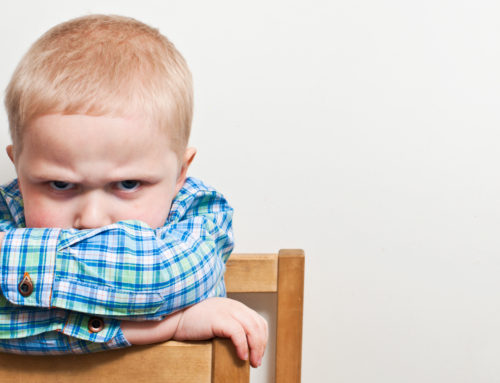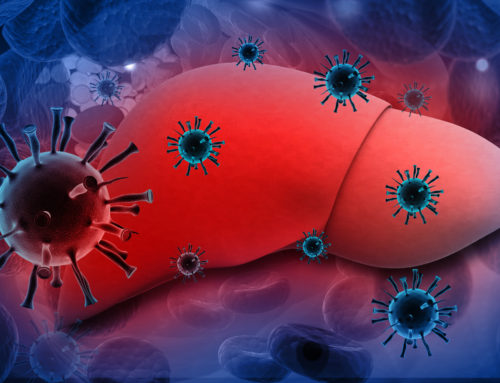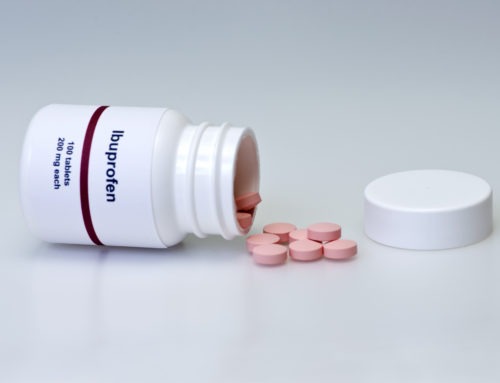The overuse of antibiotics has left some doctors questioning whether to give such drugs to children diagnosed with uncomplicated staph infections. Such infections often occur on the skin and look like a pus-filled bug bite.
Now, research led by Washington University School of Medicine in St Louis indicates that prescribing antibiotics – in addition to lancing and draining staph-infected areas – reduces the risk of recurrent infections.
The study, conducted with researchers at Southern Illinois University School of Medicine, is published online in the journal, Clinical Infectious Diseases.
‘There have been conflicting data about the benefit to antibiotics in minor staph infections,’ explained the study’s senior author, Stephanie A Fritz, MD, a Washington University Associate Professor of Paediatrics in the Division of Infectious Diseases.
‘It is definitely important to surgically remove pus from the infection site, but also giving antibiotics means that the child will be less likely to see a doctor again in several months for another staph infection.’
In the study, the researchers evaluated 383 children – with a median age of three years old – whose infections with the bacteria Staphylococcus aureus (staph) required incision and drainage. The patients also had colonisation of staph in their nostrils or on their skin.
The children were evaluated for the bacteria and reinfection several times over a year; of these patients, 355 (93 per cent) received antibiotics coupled with incision and drainage treatment.
A month after initial infection, bacterial swab tests found that half of the children (178) who had received antibiotics had no signs of staph living on their skin or in their nostrils, reducing the risk of recurring infection. However, the bacteria remained on the skin of about three-fourths of the children (26) who did not receive antibiotics.
Additionally, children who remained colonised with staph a month after initial infection were about twice as likely to experience a recurrent infection than those who did not have staph on their skin. That’s 101 children (60 per cent) compared with 54 children (30 per cent).







